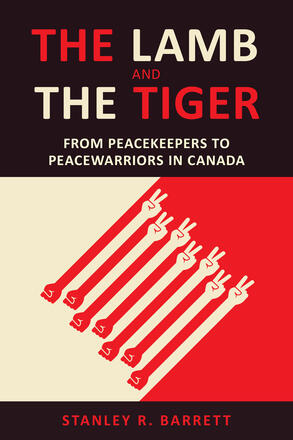
The Lamb and the Tiger
From Peacekeepers to Peacewarriors in Canada
Description
Structured around an anti-war perspective, The Lamb and the Tiger critically examines the ageless genetic and more recent cultural (civilizational) explanations of war, concluding with a close look at the impact of war and right-wing politics on women and Indigenous peoples. The Lamb and the Tiger encourages Canadians to think about what kind of military and what kind of country they really want.
Reviews
"The Lamb and the Tiger presents an interesting and well-presented critique of the Harper Government while appealing for Canada’s return to a major role in international peace efforts. The anthropological assessments and framework effectively contribute to the author’s arguments and offer important concepts and ideas that are useful to anyone advocating for Canada to play a more active role in the international community’s efforts towards world peace. The book is readable for those without an anthropological background, making it a worthy selection for anyone interested in Canadian foreign policy and international peace studies. "
- Stewart Kerr